
Who Can Help Us?
Protecting biodiversity is protecting people
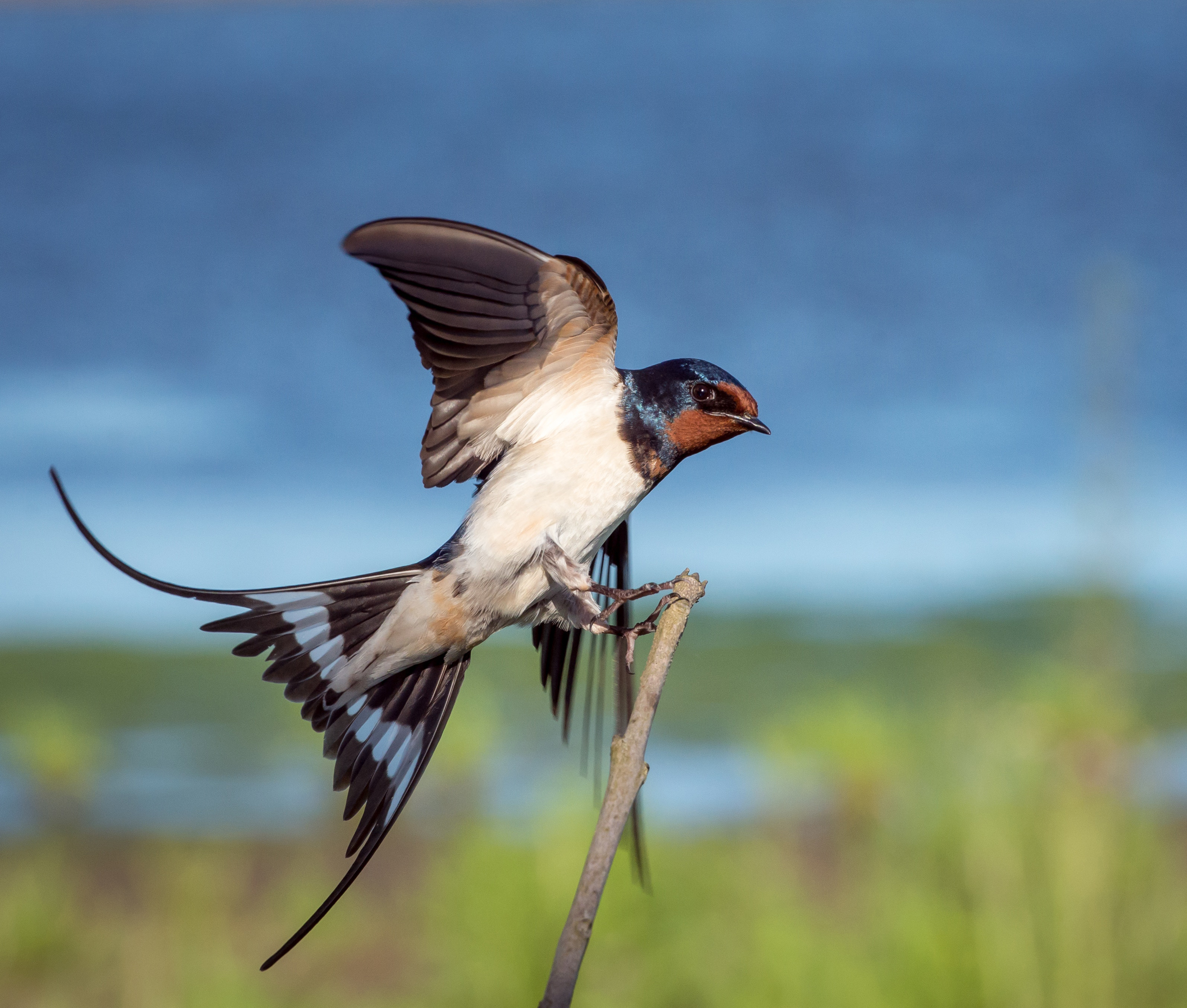
Bringing nature back
Urban Heat Islands affect the local climate, including air quality, precipitations, temperature (warmer nights than rural areas). They reduce diversity, and they’re home to numerous flora and fauna introduced from warmer parts of the world. These invasive species, like mosquitoes, can sometimes transmit diseases.
But we are not alone against climate change: biodiversity is on our side. Conservation and promotion of species and habitats leads to a better adaptation to climate change. We can bring nature back to our concrete jungles by installing green roofs and living walls with native flora species, as well as planting trees that act as natural air conditioners. Plants help to cool the surrounding air and effectively absorb and capture pollutants; while vegetation will attract other wildlife, such as pollinators, birds and mammals, creating the perfect balance.
These are some species that could help us
The following are some urban species that could help us find the balance in the city ecosystem of their region and mitigate the effects of climate change.
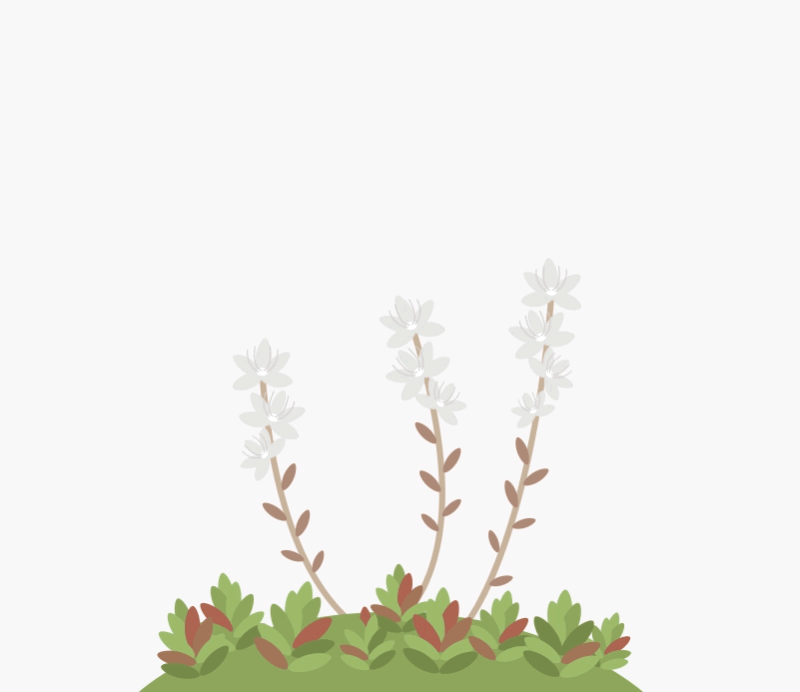
White stonecrop Sedum album
Distribution:
It's native to Europe, Siberia, western Asia and north Africa
Description and benefits:
This plant is specially adapted for growing on thin, dry soils and can be found on walls, dry banks, seashore rocks, and rocky meadows. Its flowers are white with a hint of pink, and its leaves are shaped like jelly beans. Sedum plants have been shown to have benefits for invertebrates like spiders and honey bees by providing microclimates, and it can remove greenhouse gases from the air through photosynthesis. It's possible to install green roofs only made of sedum mat systems. This can significantly reduce the chance of water draining freely off when it rains, the need for air conditioning and can provide a degree of insulation in winter.

Common pipistrelle Pipistrellus pipistrellus
Distribution:
It’s found throughout Europe
Description and benefits:
This bat species is the one you are most likely to see, especially in cities. It can also be found in parks and forests. Both in the summer and winter they can rest inside cracks on building facades. It’s a small mammal, weighing 3-8g, which usually appears fast in flight, catching and eating prey while flying. This bat feeds on mosquitoes, small moths and other insects, helping keep insect populations in check. A single pipistrelle can consume up to 3,000 insects in one night.
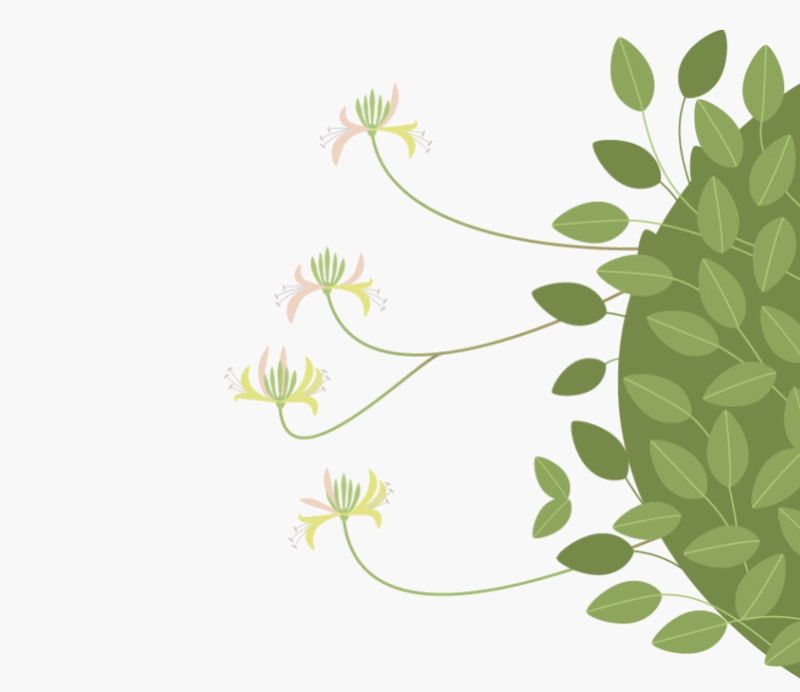
Honeysuckle Lonicera periclymenum
Distribution:
It's native to the Northern Hemisphere
Description and benefits:
Honeysuckle is valued as a garden plant, for its ability to cover walls and building facades. Since they’re climbers, they can be used in living walls. This plant can suck up pollution from the air because it grows tiny hairs on its stem, leaves, and flowers which can absorb particles. Many insects visit honeysuckle as a food source, especially moths at night. It also attracts spiders and insects, and it provides nesting space for sparrows.

Barn swallow Hirundo rustica
Distribution:
It’s found in Europe, Asia, Africa and the Americas
Description and benefits:
Barn swallows’ preferred habitat is pasture, meadows and farmland, but they're also found in urban and suburban areas. It’s the most widespread species of swallow in the world. Their plumage is blue, white and red; and they do aerial acrobatics when chasing prey. They act as pest control, since they eat an average of 850 insects per day, mainly flies but also mosquitoes, beetles, wasps, crickets, ants, etc.
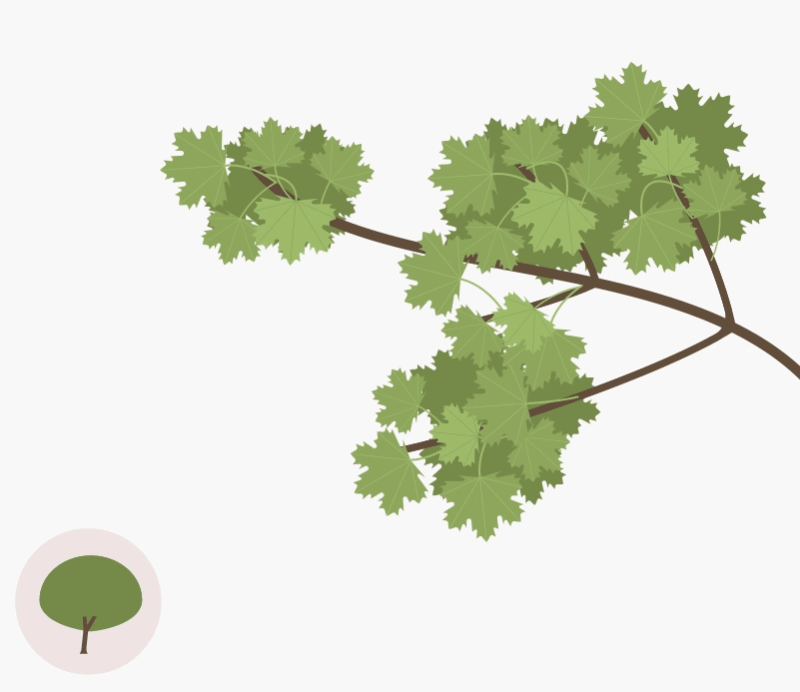
Norway maple Acer platanoides
Distribution:
It’s found in most of Europe, northern Turkey, northern Iran and Caucasus
Description and benefits:
The Norway maple can be found in streets, parks and gardens. It's a tall, fast-growing, deciduous tree that can grow up to 30 metres, well-adapted to a range of growing conditions. It can store 4,807 kg of CO2 in 30 years (if it’s inside a city) and 6,601 kg of CO2 in 50 years (if it’s in a park). It can absorb pollution, and it can be used to mitigate soil erosion; As well as keeping streets and building surfaces cooler.

Western honey bee Apis mellifera
Distribution:
It’s native to Europe, the Middle East, and Africa
Description and benefits:
Honey bees inhabit temperate forests, grasslands and even semi-deserts. The Western honey bee is the most common of all the honey bee species. Its colours can vary, being black or brown intermixed with yellow. They live in colonies, which can consist of 50,000 bees. They are one of the most important pollinators of crops and other plant species. A typical colony will visit 225,000 flowers per day; and they act as environmental indicators as well as providing honey.
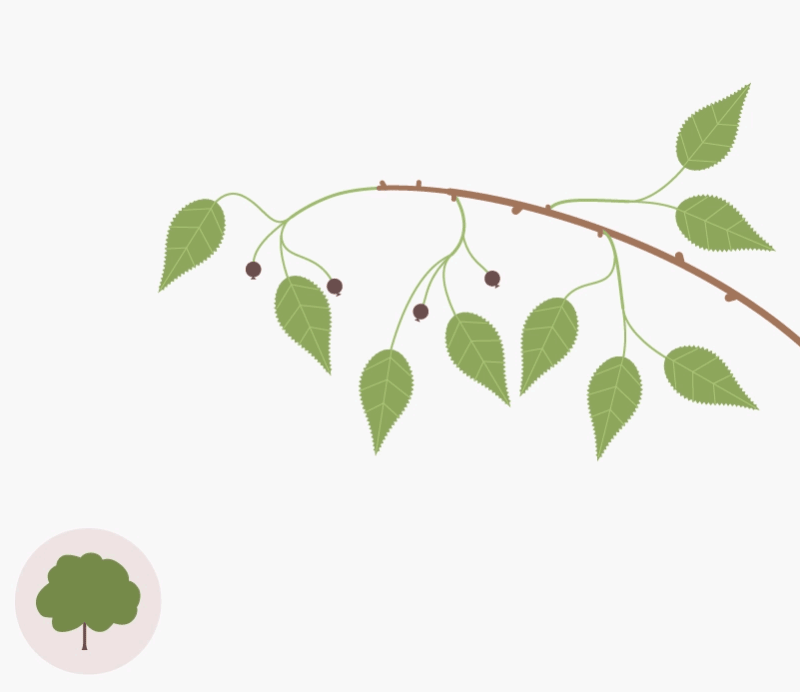
European nettle tree Celtis australis
Distribution:
It’s native to South Europe, North Africa and West Africa
Description and benefits:
This tree can be found in woods, meadows, on riverbanks and cliffs; as well as in urban and suburban areas. It can reach up to 25 metres tall and live up to 1,000 years. Its fruits provide food for birds and mammals, and they attract bees and butterflies. It can store 3,660 kg of CO2 in 30 years (if it’s inside a city) and 5,070 kg of CO2 in 50 years (if it’s in a park). It can absorb pollutant gas as well as dust, and it also provides shade, keeping street and building surfaces cooler.

House sparrow Passer domesticus
Distribution:
It’s native to the Middle East and spread to most parts of the world
Description and benefits:
This small bird can be found in urban and rural areas. It weighs between 24 and 40 g and its plumage is grey and brown. Sparrows mostly feed on seeds, but they’re opportunistic, which means they’ll eat whatever is available. Their population has been dramatically reduced in the last decades, with air pollution and poor diet as some of the reasons, that’s why they are great indicators of air quality. In the summer, house sparrows eat insects and feed them to their young. They also feed on seeds, contributing to seed dispersal.
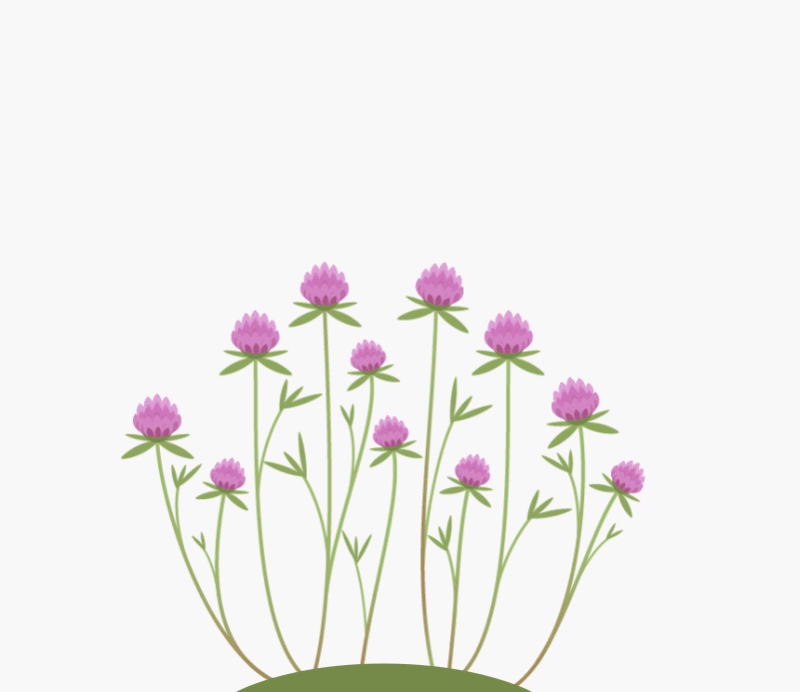
Red clover Trifolium pratense
Distribution:
It's native to Europe, Western Asia and northwest Africa
Description and benefits:
Red clover can be found in dry grasslands, brownfield sites and coastal. This plant has long-lasting dark pink flowers which are a great nectar source especially for long-tongued bumblebee species., This plant requires very little maintenance, and it can purify air from CO2 through photosynthesis as well as making the soil around it more fertile. Red clover settles well in the dry, shallow soils and low nutrient environments of extensive green roofs. Plants in green roofs absorb heavy metals, dust, and polluting gases.

European hedgehog Erinaceus europaeus
Distribution:
It’s found across Europe and central Asia
Description and benefits:
This small mammal can be found in fields, bushes, urban and suburban areas, especially in home gardens, cemeteries and parks. Hedgehogs are moving into our towns and cities due to the pesticide used in farms, which kills insects and worms,making it harder to to find food. Gardens provide hedgehogs with plenty of food and potential nest sites. Hedgehogs are omnivorous, meaning they can eat a variety of food, but they predominantly feed on insects and other invertebrates like slugs, snails and earthworms. An adult hedgehog can easily eat up to 200g of insects in one night.